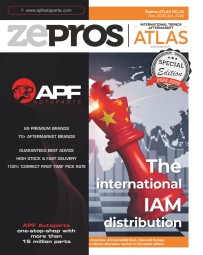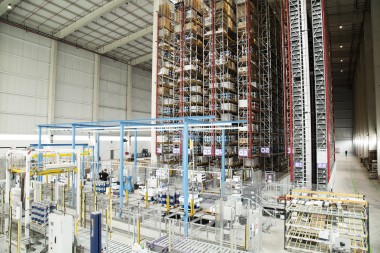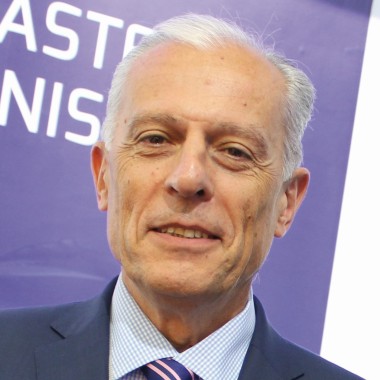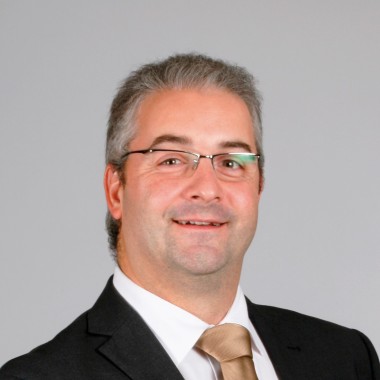Four models in place
Manufacturers in Europe call on four distribution models: specialist independent distributors, specialists incorporated within manufacturers, large parts distribution groups and automaker networks. “90% of paint manufacturers use these four distribution models, from one country to another”, adds Adrien Schrobiltgen, vice president EMEA at Axalta. The north of Europe is the stronghold of mass retail, either independent or integrated by manufacturers, either partially (BASF and Axalta in France) or fully (in Switzerland, Germany, the Netherlands, etc.). It remains very fragmented in the south (Spain, Italy, Greece, etc.), while to the east, highly local markets are often supplied by importers. In the United Kingdom, the extreme concentration of distributors and repair businesses has led to the creation of competing paint supermarkets which distribute all brands. “Here, we lose the notion of service and the skills of the experts of a brand. This model is costly for manufacturers and repair shops”, notes Adrien Schrobiltgen. The last distribution channel is of course Internet, the nemesis of conventional distributors. Their supply sources are opaque, and most manufacturers say that they do not directly supply them, contrary to what their owners say. Some websites may source their products from EU (and non-EU) countries where prices are low, to deliver to Western coachbuilders and those poorly serviced by distributors. But “on this market, we have already come across downgraded products and even counterfeits”, states Fabien Boschetti, sales manager for BASF France, Switzerland, Benelux and North Africa. In all events, pure players only offer limited services.




